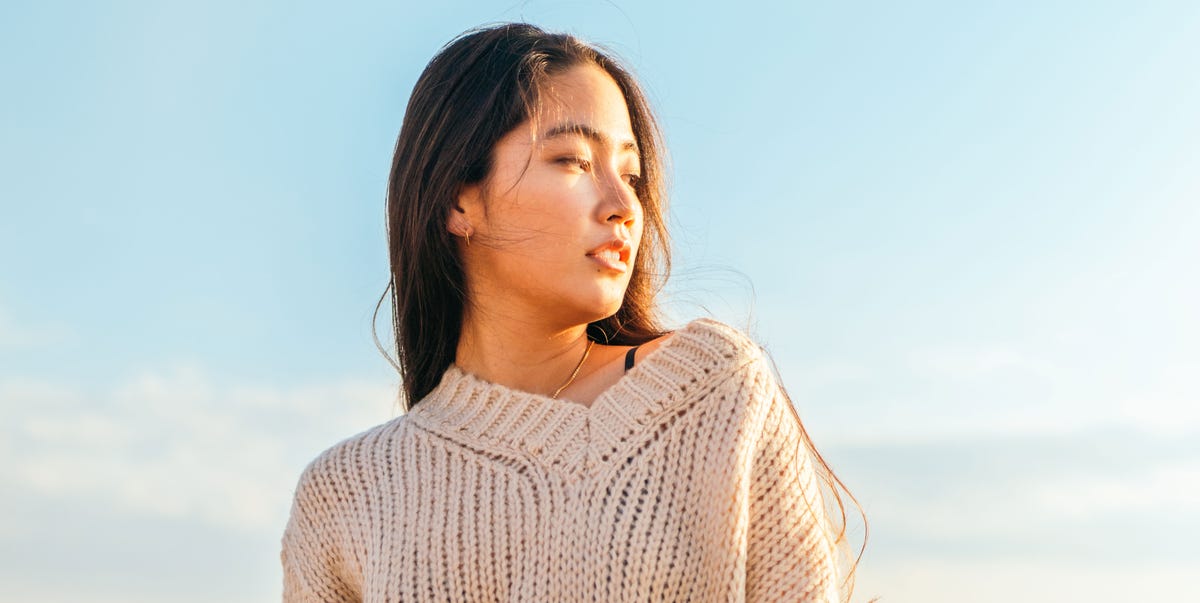
14 You should know…
K-beauty prioritizes sunscreen.
What is the essential step in the K-beauty skincare regimen? The application of sunscreen. “In Asia, the concept of daily usage of sunscreen dates way back,” Shieh explains. “Daily sunscreen wear has been a prevalent practice that has been passed down for many generations already. It’s been considered to be more as a part of the skincare routine to prevent sun damage rather than an extra step for outdoor occasions to prevent sunburn.”
Korean sunscreens are comparable to skincare.
Thanks to advanced technology and ingredients, Korean sunscreen has a similar texture and feel to regular skincare products. “When compared to traditional western sunscreens, K-beauty sunscreen formulations are a lot more lightweight and more like skincare,” Shieh says. “It’s also common for users to carry around a cushion compact for easy reapplication of sunscreen (or a foundation with SPF) throughout the day.”
Korean sunscreens offer more coverage.
When it comes to the broad spectrum rating system, Korea differs from the U.S. “SPF value indicates the level of UVB protection, which is responsible for causing sunburn on the skin, while UVA penetrates deeper into the skin and causes damage that leads to extrinsic aging,” Shieh explains. “Both Korea and the U.S. use the same SPF numbering system to indicate UVB protection level. However, when it comes to the UVA protection level, Korea uses the P.A. system. So when you look at a sunscreen sold in Korea, you need to make sure that both SPF and P.A. levels are indicated to know that the sunscreen protects the skin against both (SPF 50+/PA ++++).”
The U.S. doesn’t follow the P.A. system for UVA. “If a sunscreen covers both UVB and UVA protection, it would be labeled as ‘broad spectrum’ along with the SPF value,” Shieh adds.
